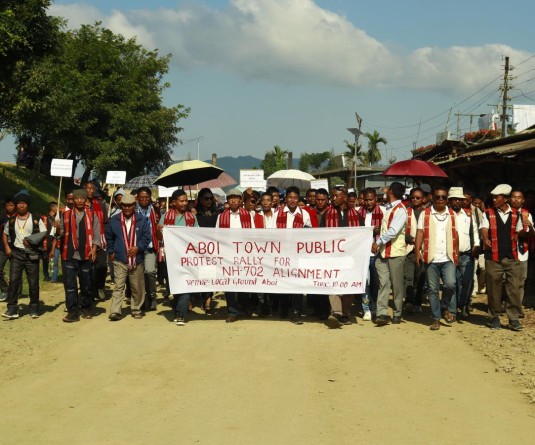
Morung Express News
Dimapur | August 20
Mineral resources are considered essential to economic growth. But the extent to which it contributes to the economy would largely depend on how sustainably the resources are tapped, which ultimately rests on groundwork such as assessing economic viability.
On that note, the Parliamentary Secretary for Geology & Mining, Dr. Imtiwapang Aier called for “generating a comprehensive database” of Nagaland state’s latent mineral deposits while addressing the 36th State Geological Programming Board (SGPB) conclave at the Directorate of Geology & Mining, Dimapur on August 20.
Having a database, Dr. Aier asserted, would pave the way for coming up with the “appropriate plans, potential sites, suitable technology” and importantly determining economic viability. The SGPB as a frontline state body in this field, according to him, provides the right platform to discuss the problems and perspectives in the interest of the people. The board should also provide a platform to the state agencies as well as the central agencies to interact and exchange ideas, he added.
“We all know mineral based industries constitute the backbone of the present global economy and therefore proper management of mineral resources including groundwater plays a vital role in the socio-economic development of the nation.”
He though added that the geologists and the mining engineers of the department should also consider the environmental impact and act accordingly. Citing the mining industry, he said that while it remains as a major economic activity, it has also faced opposition largely for environmental and human rights violations.
In Nagaland’s context, he said that the state is mainly engaged in investigation and exploration of coal, limestone, building materials and base metals of which coal mining and stone quarrying are already active. The challenge now is to concentrate on effort towards “proving of already discovered mineral deposits and also search for new mineral deposits” as Dr. Aier said, “investors are already showing interest and approaching the government.”
Of the activities undertaken and in progress, the SGPB in its report stated that the CSIR-North East Institute of Science & Technology is operating 9 permanent seismic observatories in Nagaland. The observatories, which are installed in Kohima, Yaongyimsen, Tseminyu, Tuensang, Kiphire, Pfutsero, Jharnapani, Peren and Meluri are generating data to monitor the seismicity and understand the seismotectonics of Nagaland and neighbouring areas. The Nagaland government was stated to have proposed to allocate funds for procuring satellite bandwidth for retrieval of real-time seismic data at a Central Observatory stationed at the G&M Directorate, Dimapur.
It added that the state government has earmarked Rs. 100 lakh for the year 2016-17 for upgrading DDSP Wazeho. Prospecting and exploration of Platinum Group of Metals was extensively carried out during 2015-16, it said, while adding that the analytical result of the first batch of samples was not up to expectation. “A clearer picture will emerge as and when the analytical results of the second batch of samples are made available,” it added.
Of the reported limestone deposit at Salumi village, Kiphire district, it stated that preliminary and economic feasibility studies conducted point to an inferred reserve of 33.40 MMT of high grade limestone





